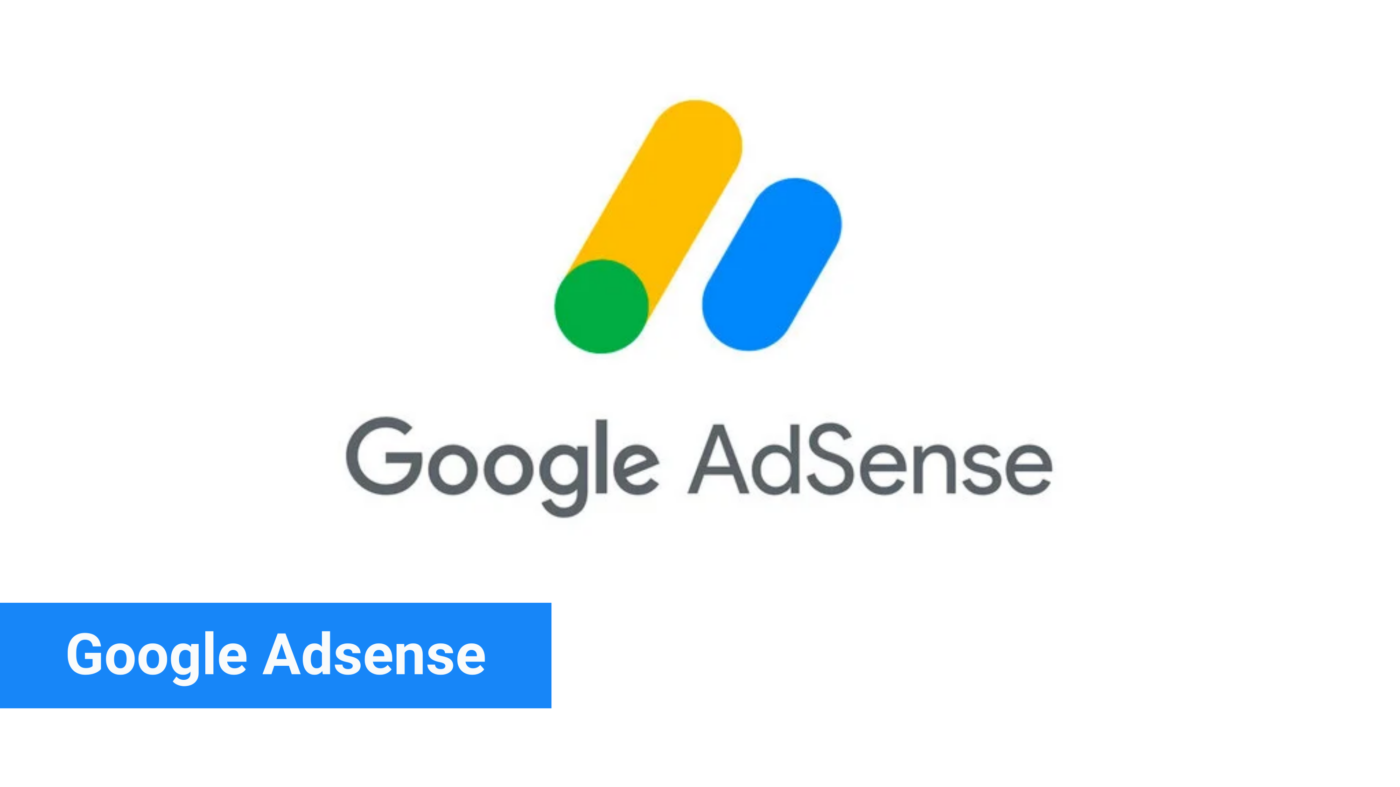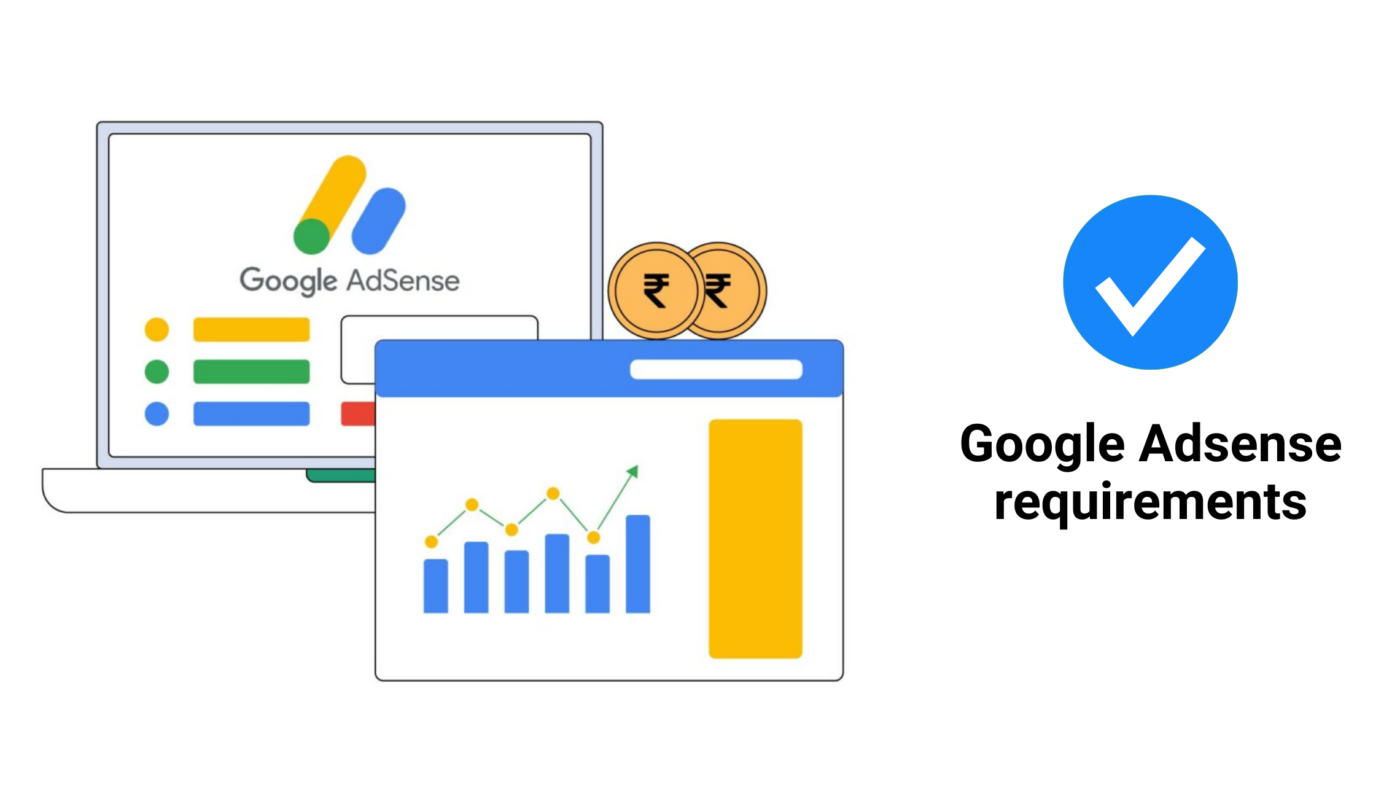
Google AdSense is a widely used advertising platform that enables website owners to monetize their content by displaying targeted ads. However, it’s essential to understand its workings, requirements, payment models, and both its advantages and diưsadvantages to make informed decisions about its use and potential alternatives.
What Is Google AdSense?
Google AdSense is a widely used advertising platform that enables website owners to monetize their content by displaying targeted ads. However, it’s essential to understand its workings, requirements, payment models, and both its advantages and diưsadvantages to make informed decisions about its use and potential alternatives.
Main Requirements to Use Google AdSense

To participate in the Google AdSense program, publishers must meet certain criteria:
- Age Requirement: Publishers must be at least 18 years old.
- Website Ownership: Full control over the website’s HTML source code is necessary to implement AdSense ad scripts.
- Content Quality: Websites should feature original, high-quality content that provides value to visitors.
- Content Volume: A sufficient amount of content is required, though Google doesn’t specify an exact number of posts or pages.
- Website Age: While there’s no strict age requirement, having a website that’s at least six months old can improve approval chances.
- Policy Compliance: Adherence to Google’s policies, including the AdSense Program Policies and Webmaster Guidelines, is mandatory.
- Prohibited Content: Sites must not contain offensive, hateful, or adult content.
- User Experience: Websites should offer good usability, be free from malware, and avoid misleading headings or buttons that could be mistaken for ads.
Google AdSense Pros and Cons
| AdSense Pros | AdSense Cons |
|---|---|
| Free and user-friendly platform with minimal setup effort | Limited monetization technologies like advanced header bidding |
| Suitable for smaller publishers with lower traffic levels | Offers limited support and customization options |
| Simple setup without requiring technical expertise | Relies solely on Google’s ad inventory |
| Automatic ad placement through features like Auto Ads | Lacks robust optimization tools for larger publishers |
| Offers both responsive and automated ad formats | Higher revenue-sharing rates (e.g., 32% for display ads) |
| Integrates seamlessly with Google’s ecosystem (YouTube, Analytics) | Account bans can limit future use of related Google services |
| No need to manually update ad codes for new placements | Auto Ads may create poor user experiences in certain layouts |
Why Should Publishers Look for AdSense Alternatives?
While AdSense is popular, it may not be the optimal choice for all publishers. Reasons to consider alternatives include:
- Revenue Potential: Some alternatives offer higher revenue shares or better-suited payment models for specific niches.
- Ad Format Variety: Alternatives may provide a wider range of ad formats, such as native ads, video ads, or interactive banners.
- Policy Flexibility: Publishers might find more lenient or transparent policies with other networks.
- Support and Resources: Enhanced customer support and optimization tools are available with some alternative platforms.
- Diversification: Relying solely on AdSense can be risky; diversifying ad networks can lead to more stable income streams.
How to Maximize Performance with Adhub Media

After selecting Adhub Media or another platform as your AdSense alternative, strategic implementation and optimization are essential to achieve optimal results.
Optimize Ad Placement
- Use its advanced algorithms to determine high-performing ad placements.
- Test Ad Layouts: Conduct A/B testing to identify the best ad positions and sizes.
- Identify high-engagement zones on your website to strategically position ads.
Diversify Ad Types
- Integrate Multiple Formats: Adhub Media supports Video ads, Adsense, Adx display to appeal to diverse audience preferences.
- Experiment with Formats: Rotate between ad types and sizes to maximize user engagement and revenue.
Leverage Data and Insights
- Analyze Real-Time Metrics: Adhub Media’s analytics provide insights into RPM (Revenue Per Mille) and audience behavior.
- Refine Targeting: Use data to adjust ad settings for improved relevance and engagement.
- Monitor Performance Trends: Regularly assess metrics to make data-driven optimizations.
Maintain Content Quality
- Focus on High-Value Content: Publish quality content that attracts and retains visitors, boosting ad impressions.
- Balance Ads and Content: Avoid excessive ad placements that might disrupt user experience.
- Enhance Page Speed: Optimize loading times to improve user retention and ad viewability.
By optimizing ad placements, diversifying ad formats, leveraging data-driven insights, and maintaining high-quality content, you can significantly enhance user engagement and ad revenue.
At Adhub Media, we specialize in providing tailored solutions to optimize your advertising strategy. Whether you’re looking for alternatives to AdSense or innovative ways to boost your revenue, our platform offers advanced adtech, multiple ad formats, and comprehensive analytics to help you achieve your goals.
Join Adhub, and let us help you unlock the full potential of your website with smart, effective ad solutions designed to elevate your success.
